Although the thought probably wouldn’t come to mind, San Antonio is the seventh-largest city in the United States. Maybe it’s because there is only one major league sports team in the area (the Spurs of the NBA), and I always think that the largest cities have the most professional organizations.
But if you drive into or out of the city, you realize that it’s quite sprawling, and you start to wonder where the limits are. It took some time for RAS and me to arrive at one of the city’s most famous landmarks, the River Walk, when we drove down from Austin about ten years ago. Now, San Antonio has grown even more, as evidenced by the half-completed construction of countless highway overpasses as I was leaving the city after my visit.
Of course, when you visit such a thriving metro area, you expect plenty of things to do, and San Antonio did not disappoint at all. As part of the Travel Writers University retreat, I stayed here and discovered places I had never heard of before, but I was thoroughly delighted by it all. And no, it didn’t involve Sea World or Six Flags Fiesta Texas. I experienced attractions that were clearly for culture and history travelers like me.
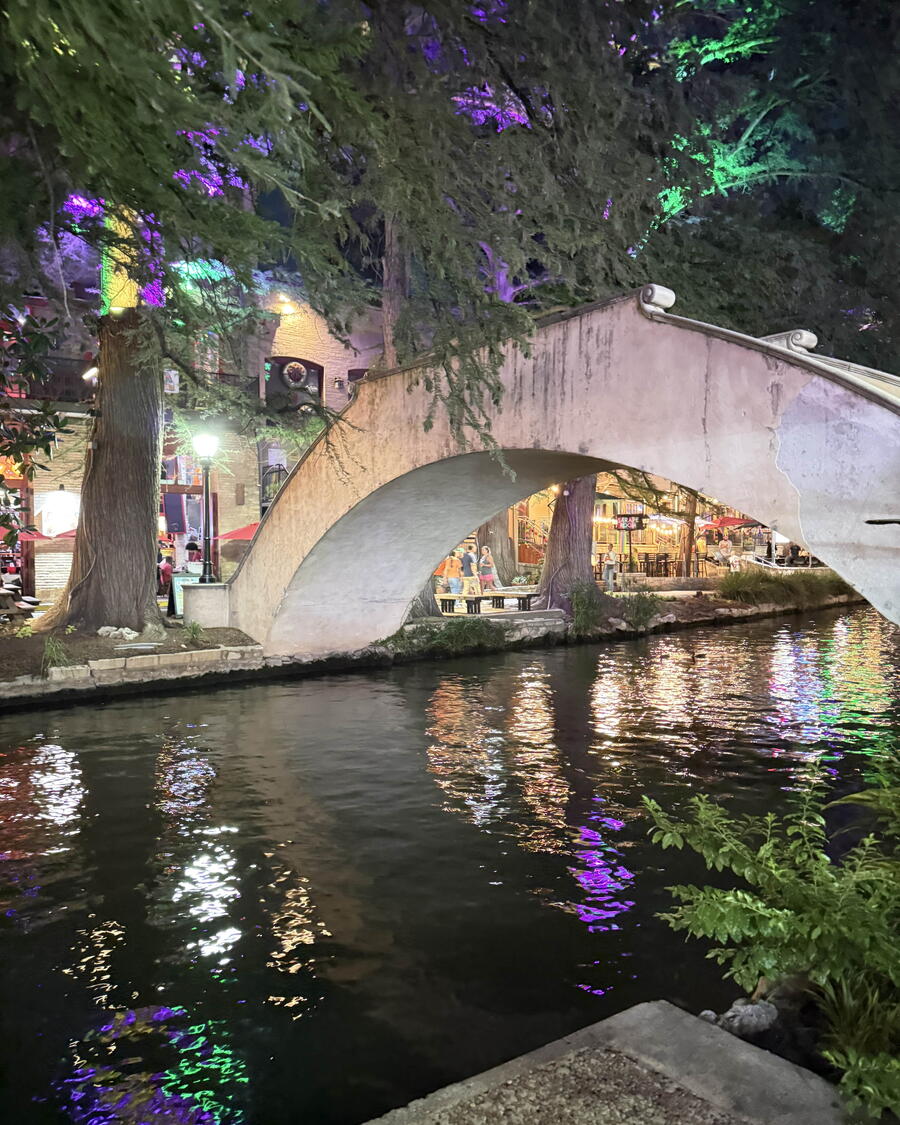
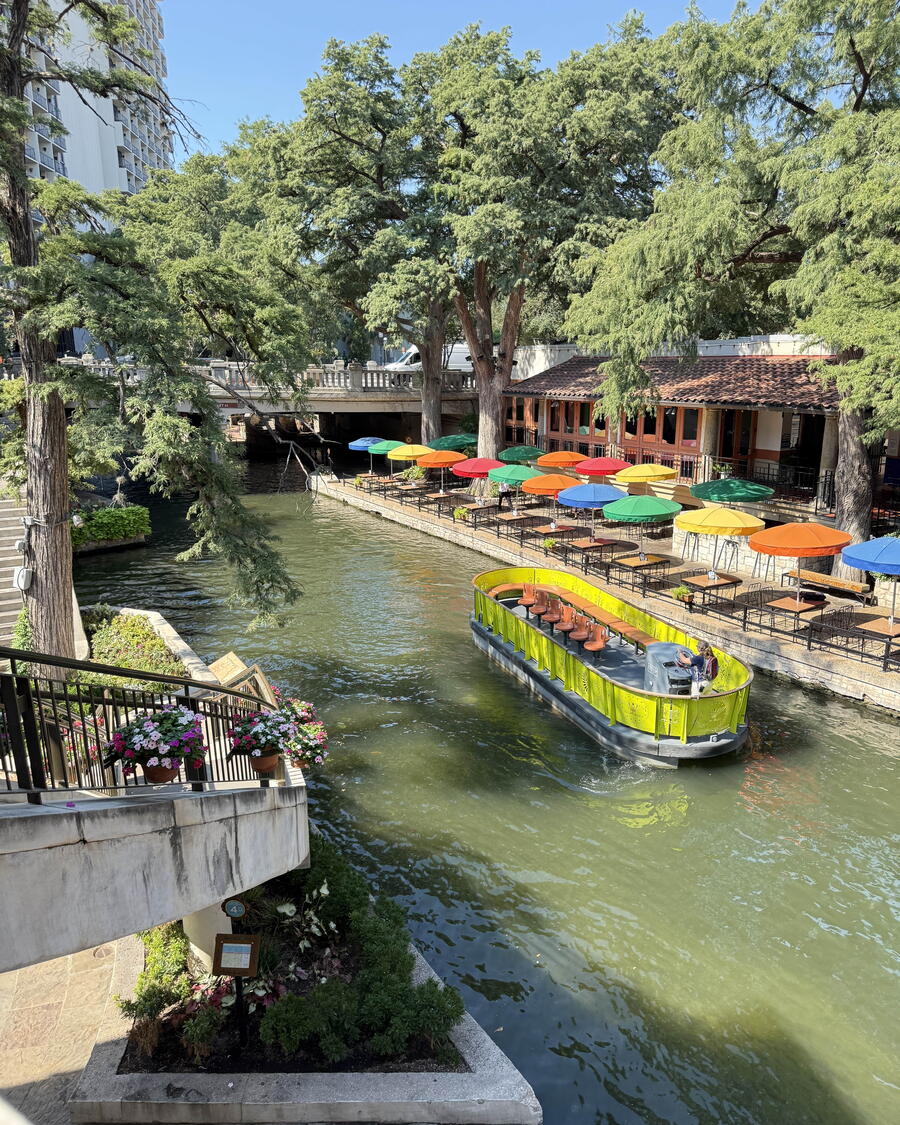
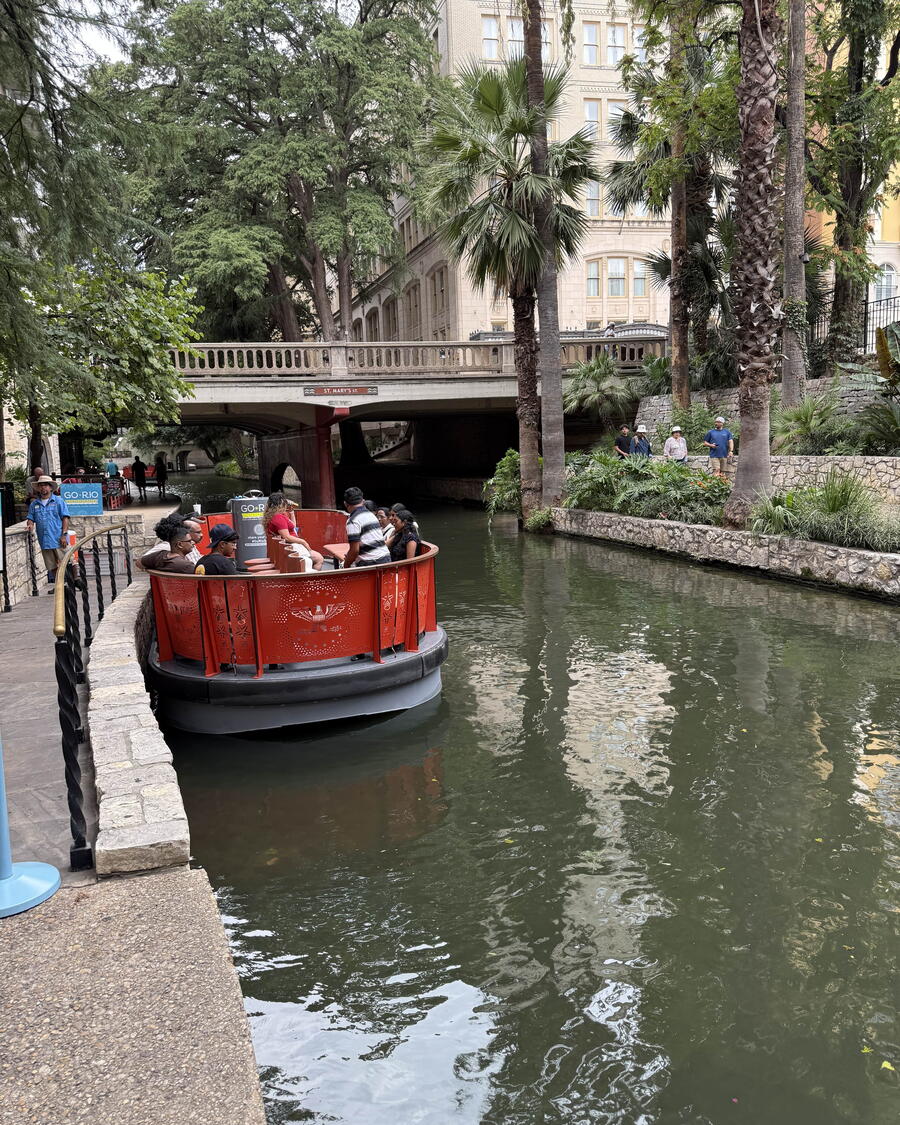
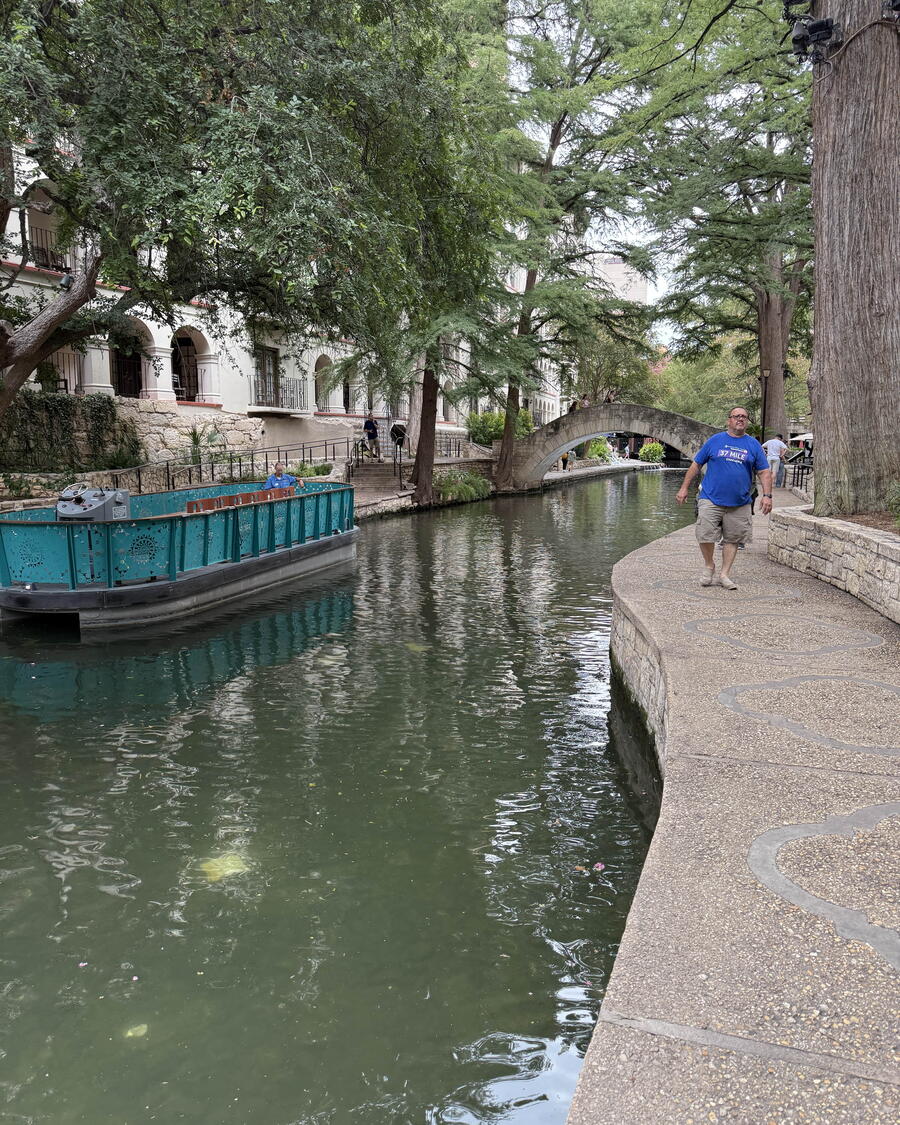
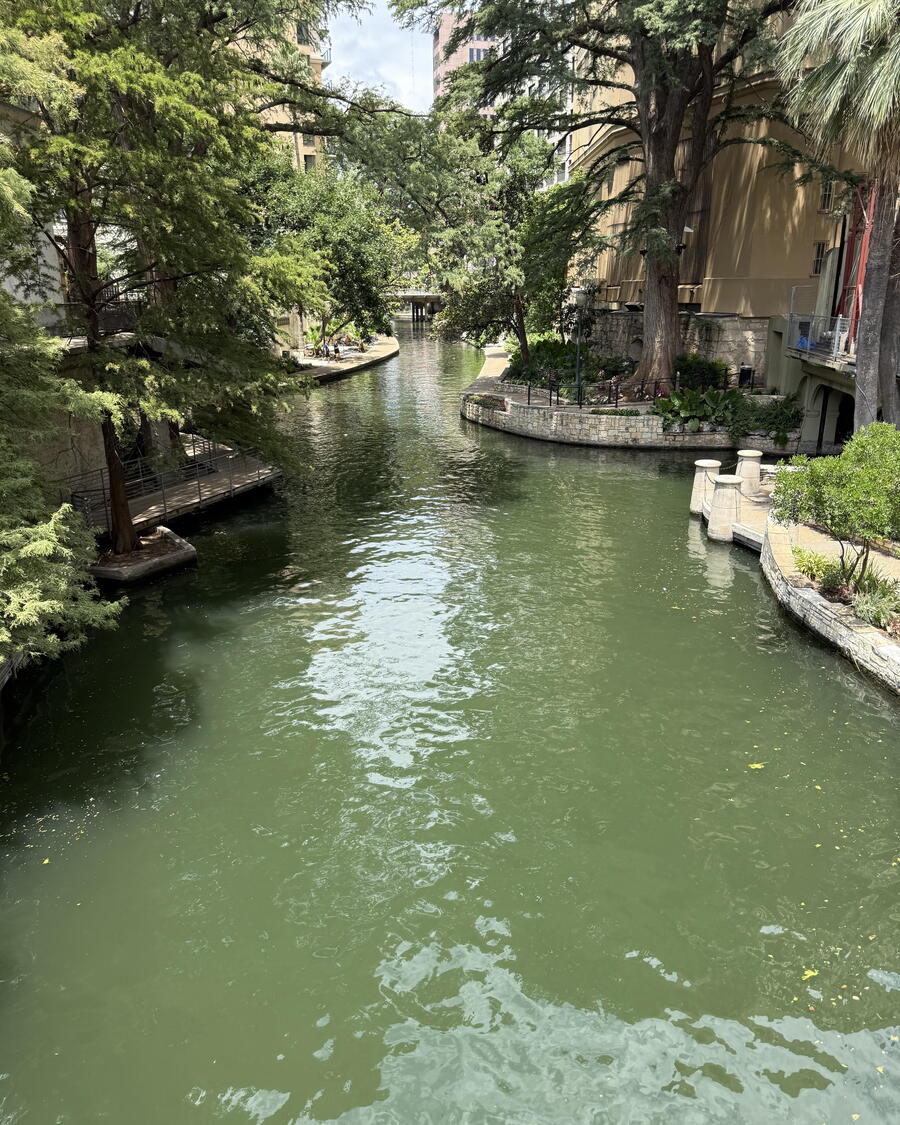
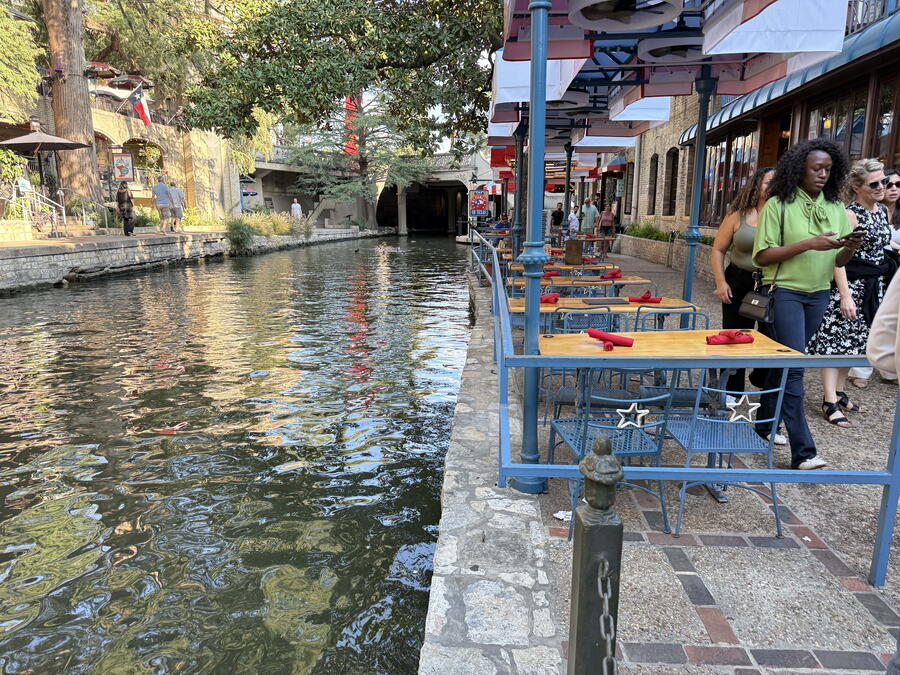
River walk
Arguably the most picturesque part of the city, this five-mile area of a larger 15-mile pathway skirts along the San Antonio River. It was the result of the 1921 flood that killed at least 50 residents. Rather than building a bypass channel to control the flooding, a local architect proposed a series of dams and paved walkways on both banks that would include shops and restaurants. Today, there are steep arched bridges that cross the river and colorful pontoon boats that glide along its length, along with colorful lights and painted structures that add to the festive atmosphere. We dined at two restaurants located here, which I’ll write about next week.
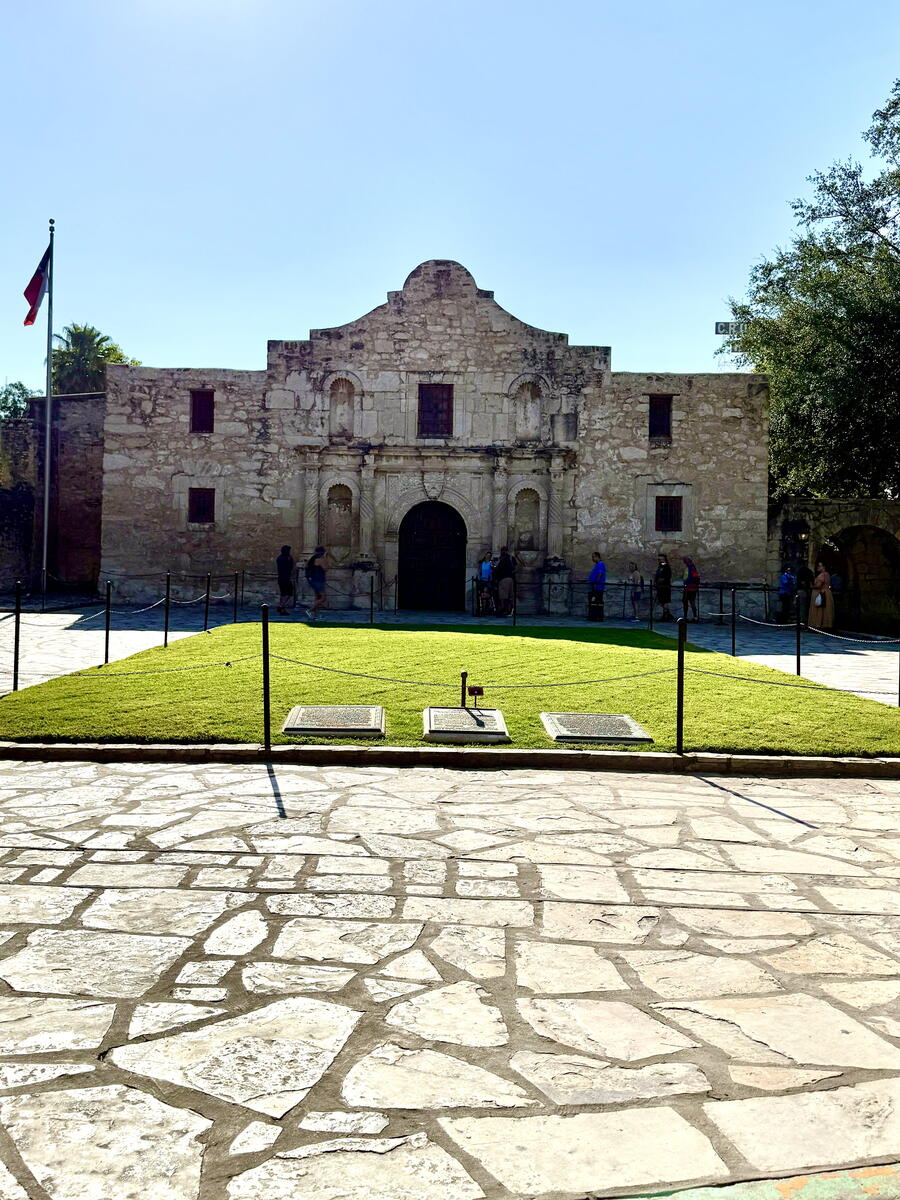

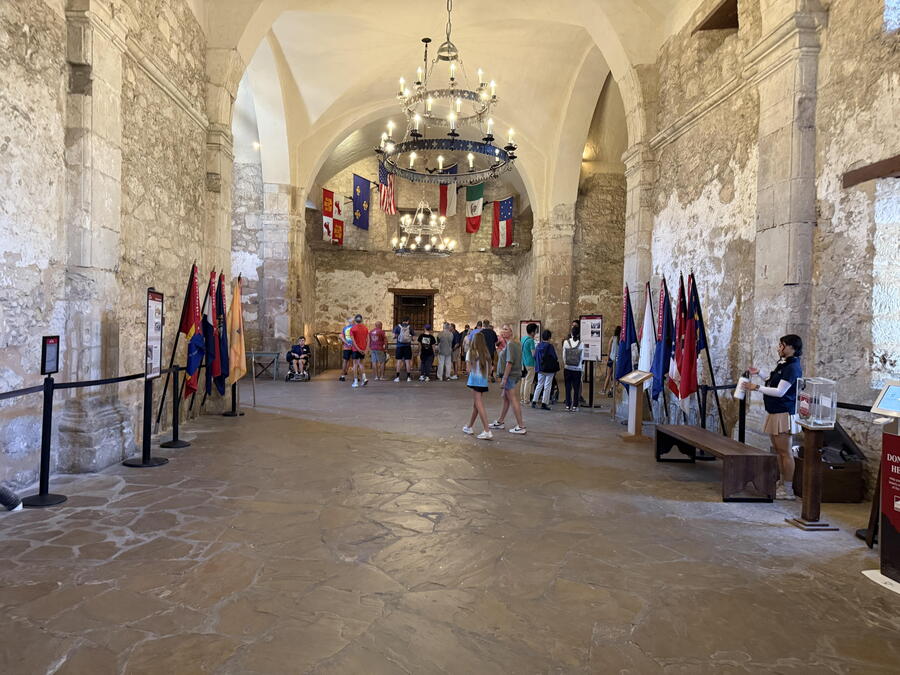
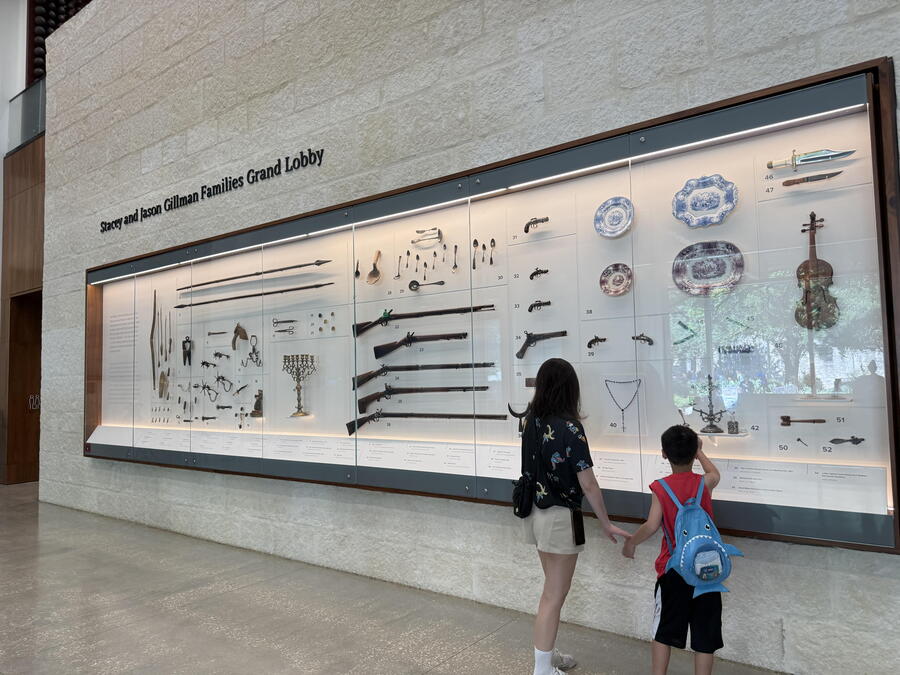
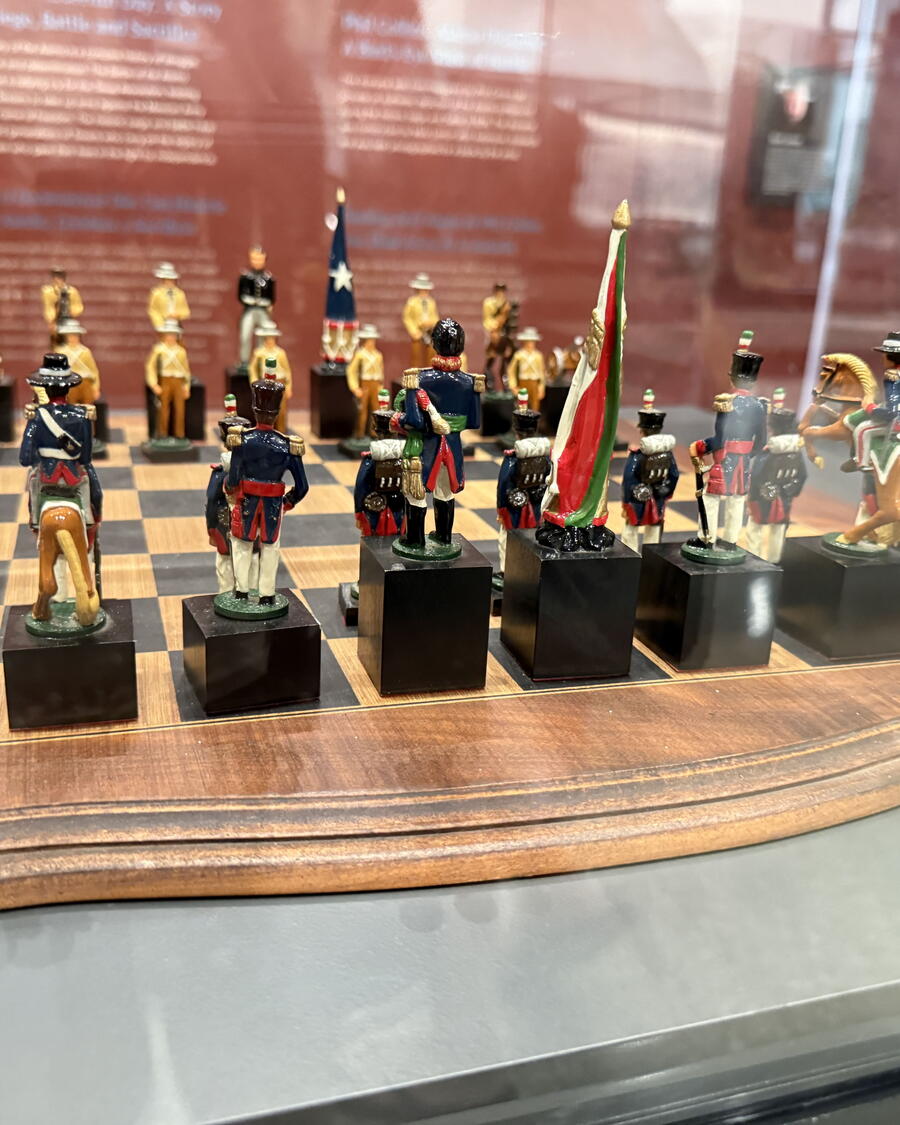
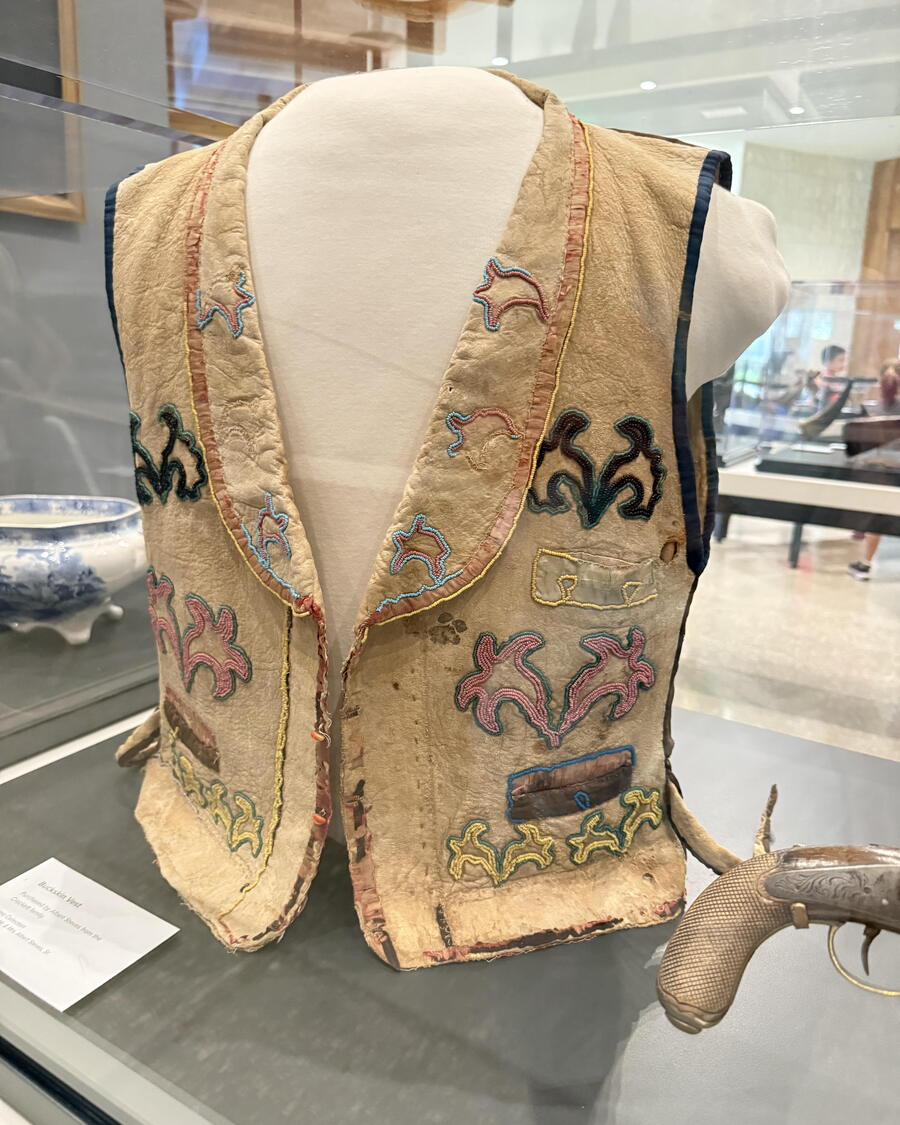

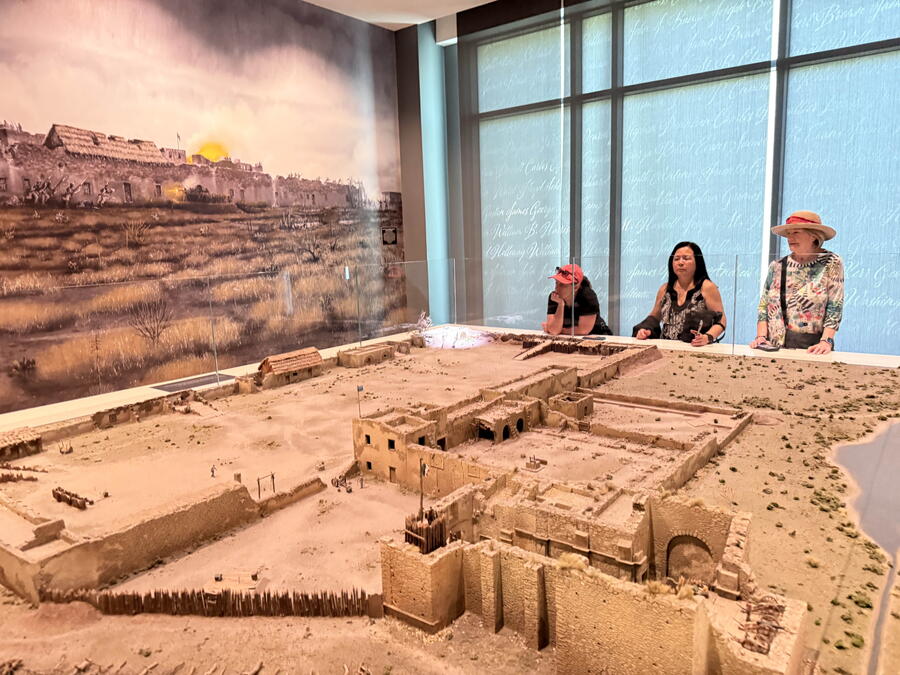
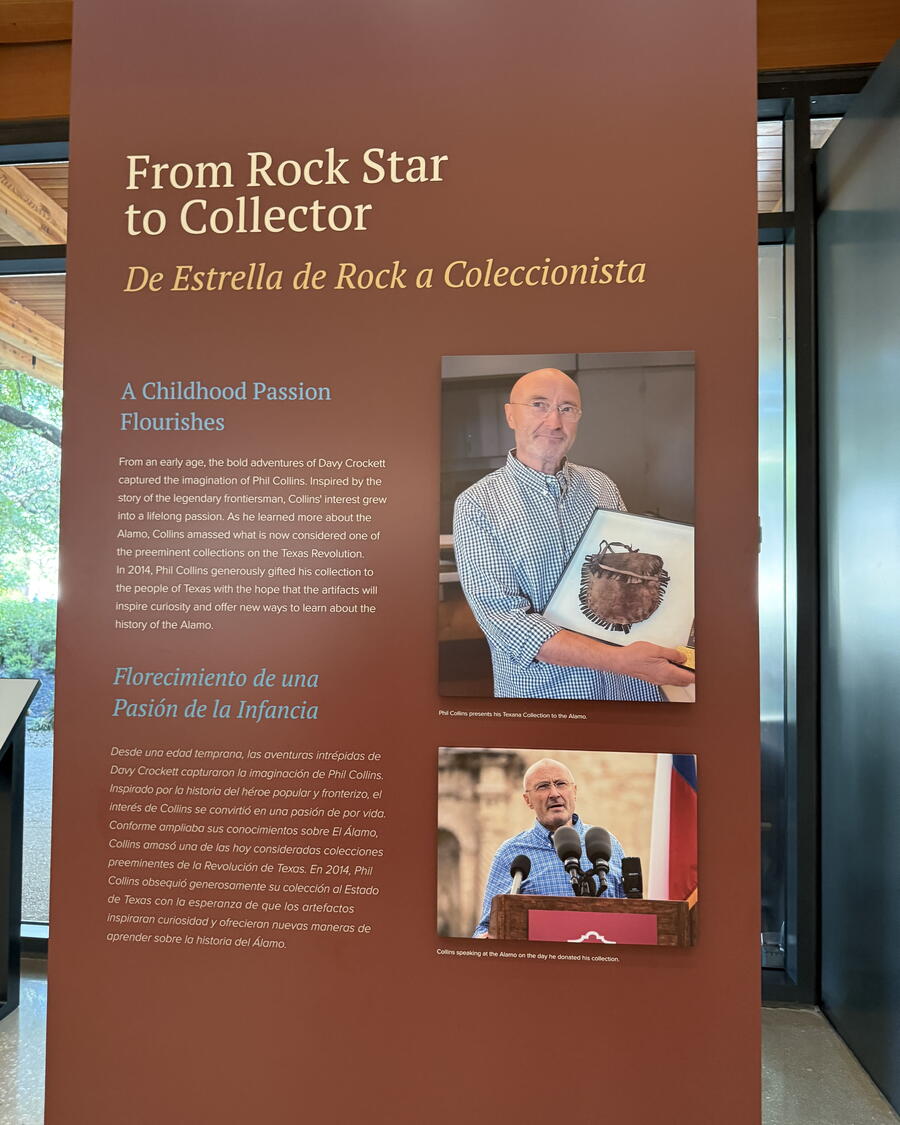
The Alamo
One of Texas’ most famous and popular landmarks is this former mission, whose official name is San Antonio de Valero and the city’s namesake. The site of a multiple-day battle between American settlers and Mexican military troops, the Alamo was the last stand for those defending the structure, and many died during the fighting. It also became the inspiration for a rallying cry during a later battle when the Texans won their independence. Today, visitors can see what mission life was like and view artifacts from rock star Phil Collins, who became an Alamo history buff while living in the U.K.

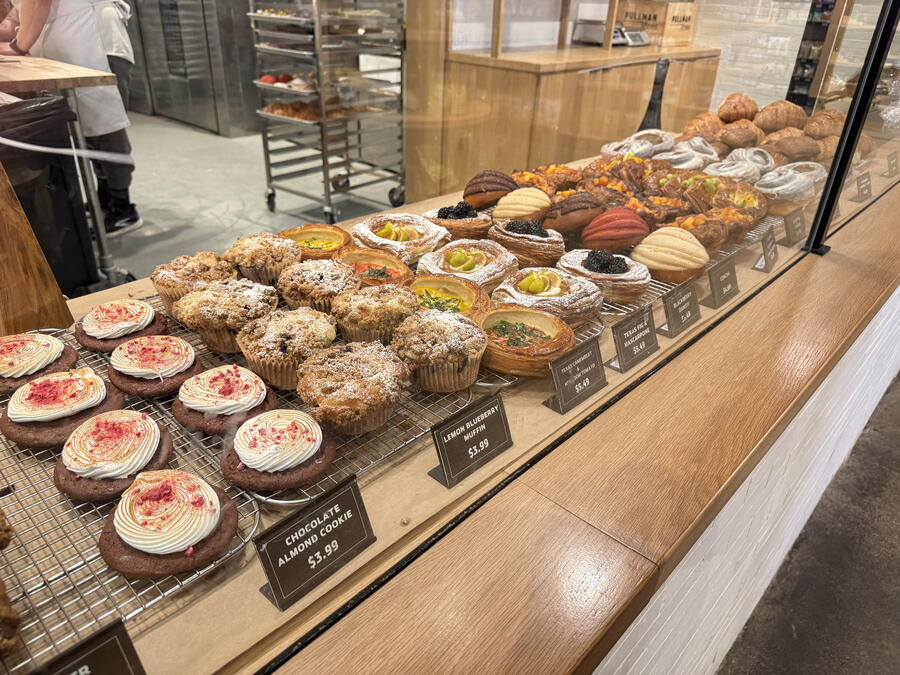
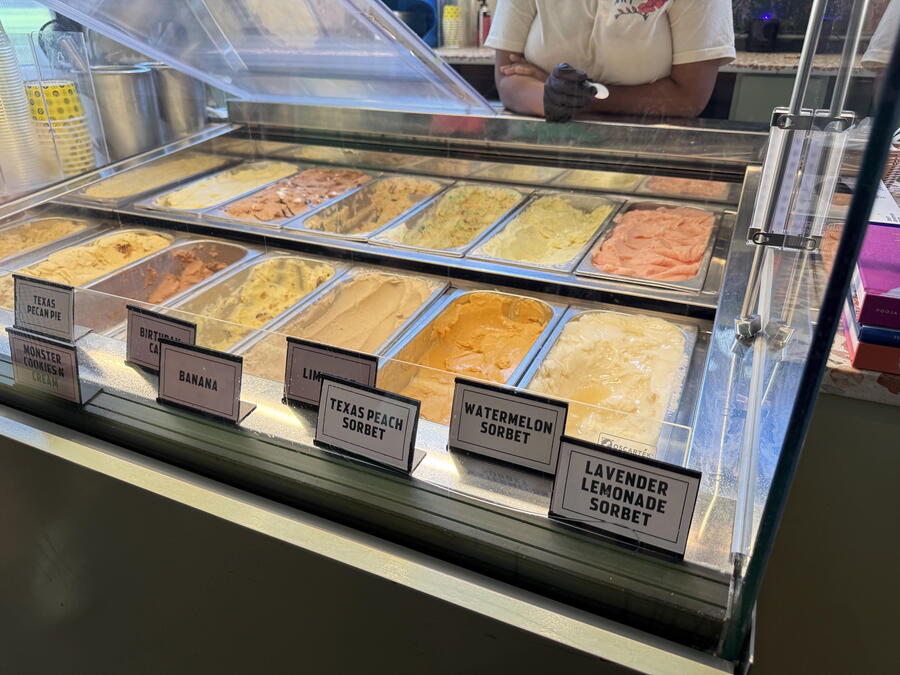
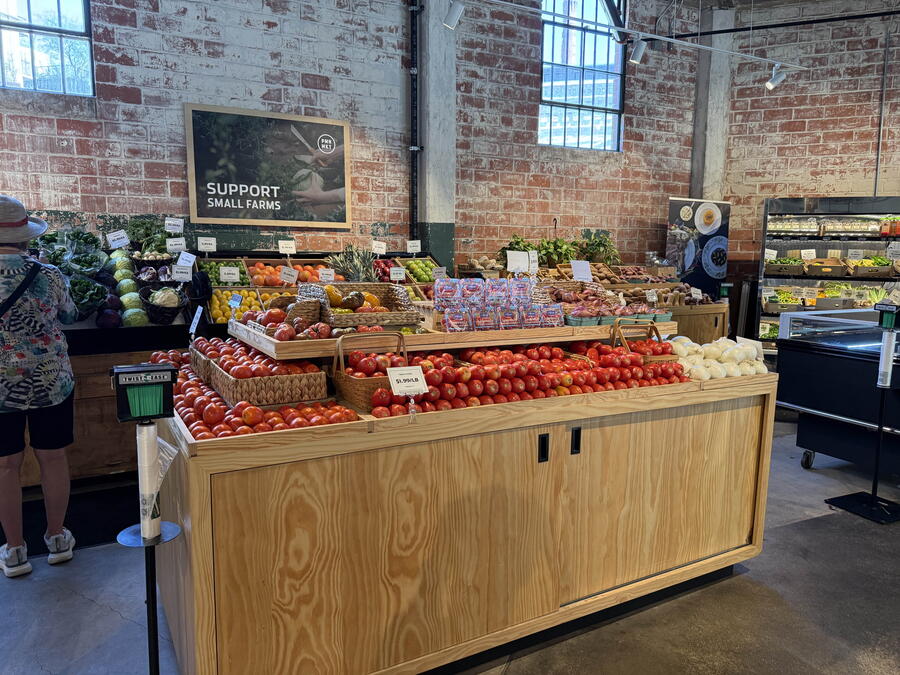
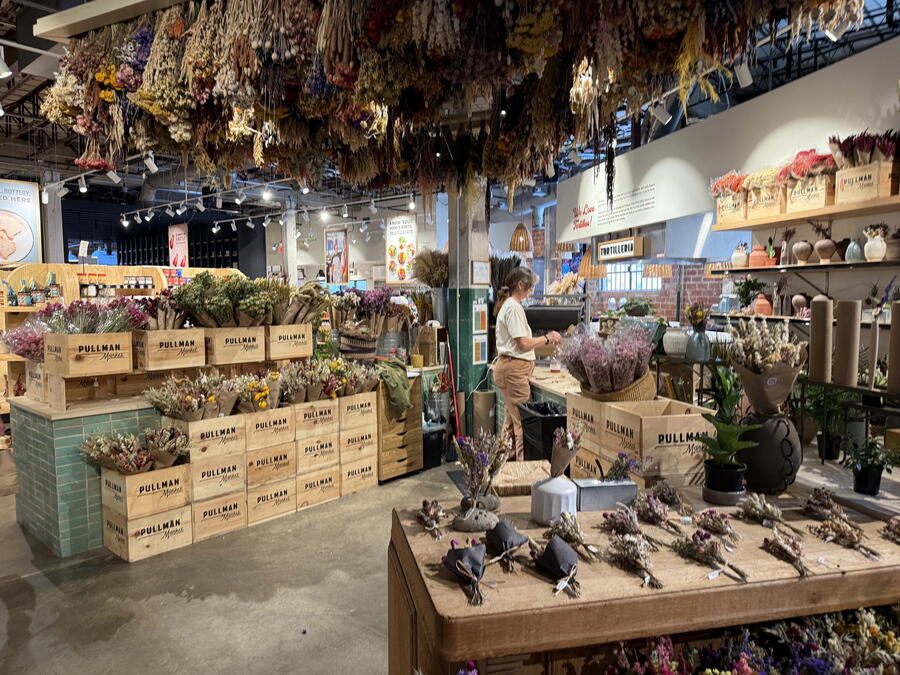

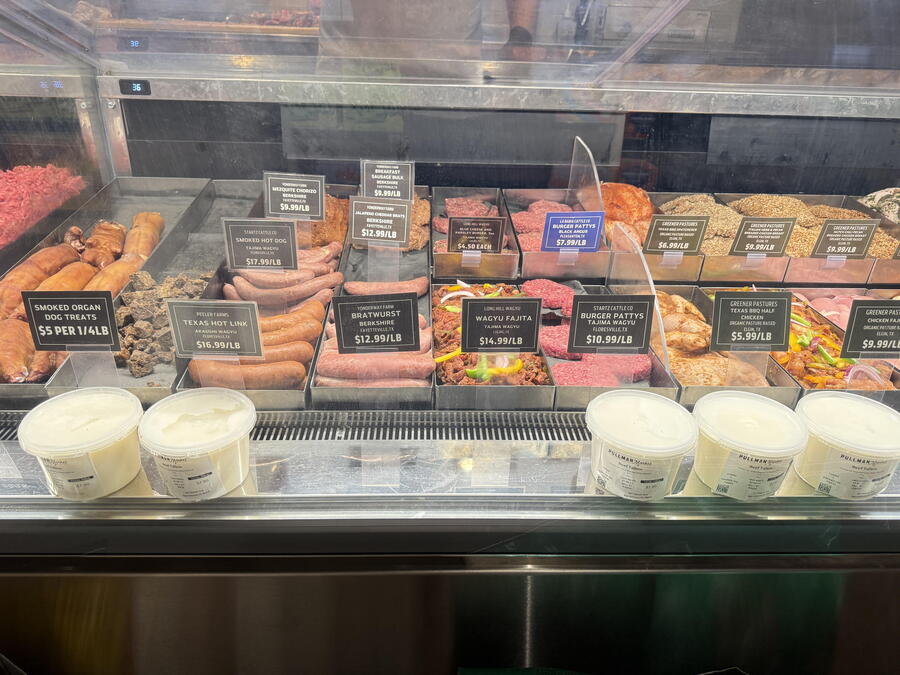
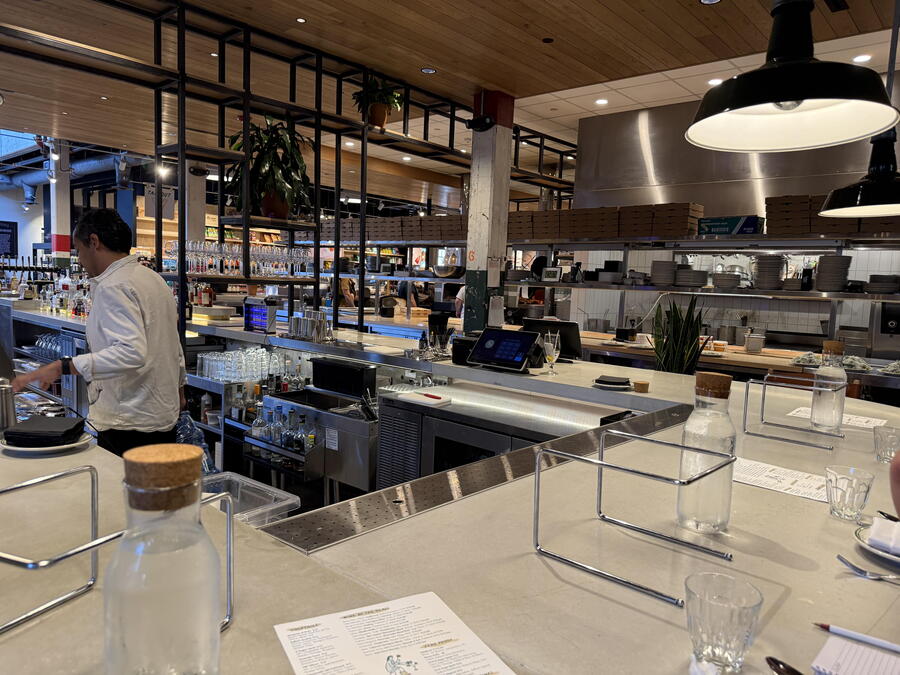
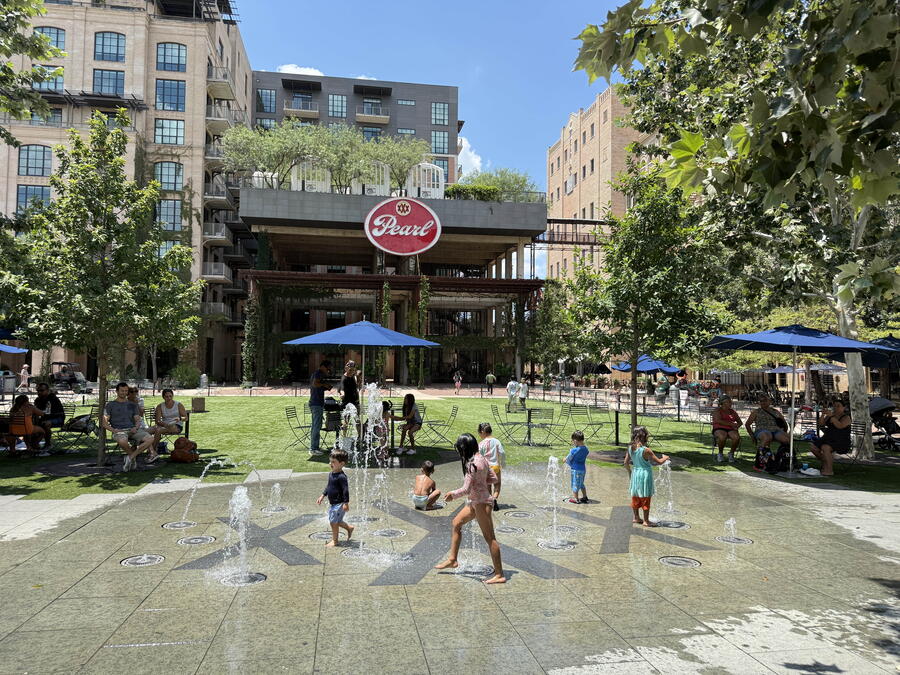
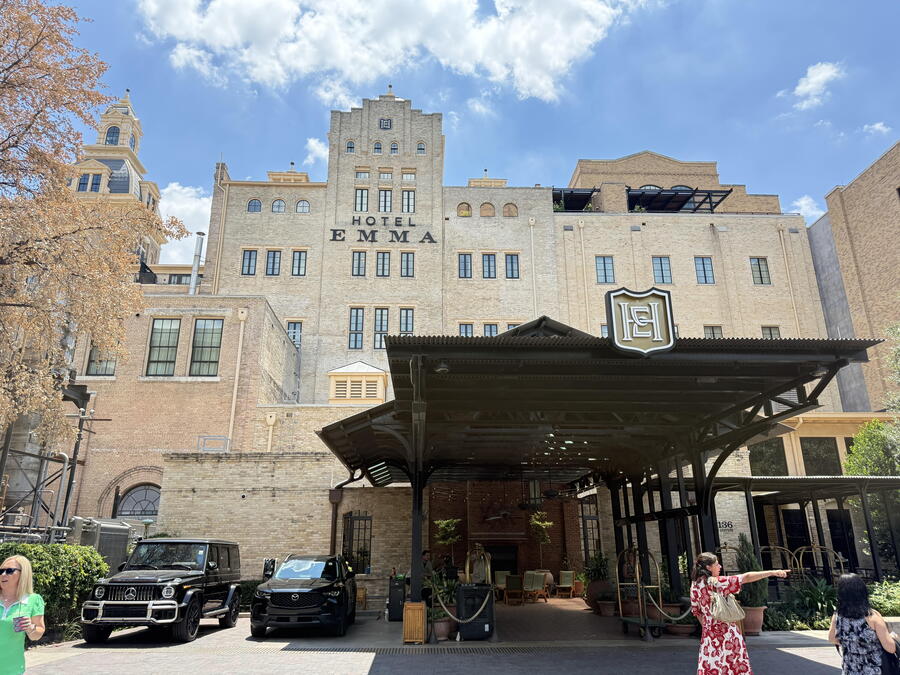
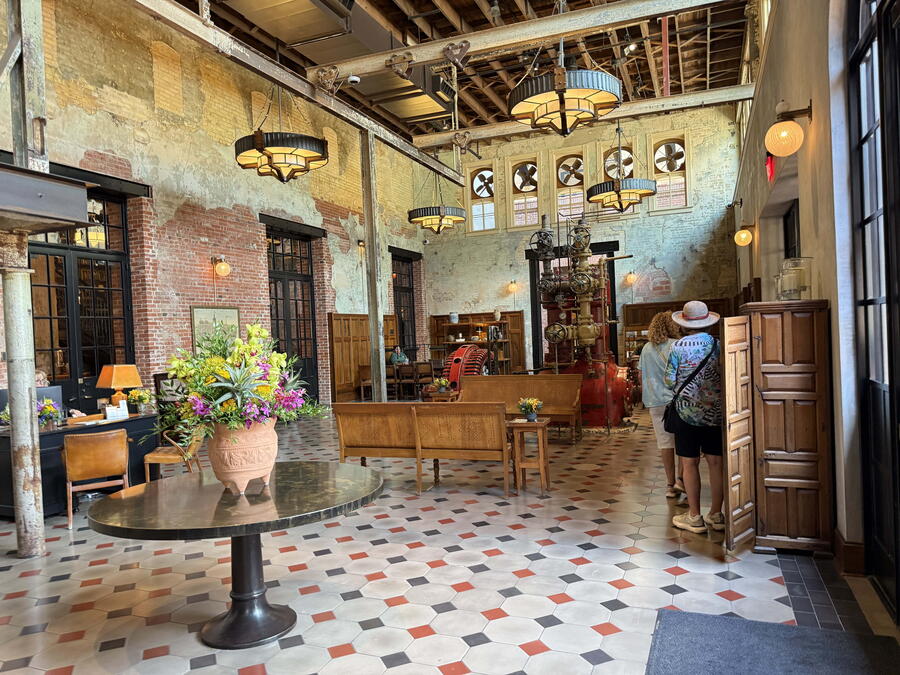
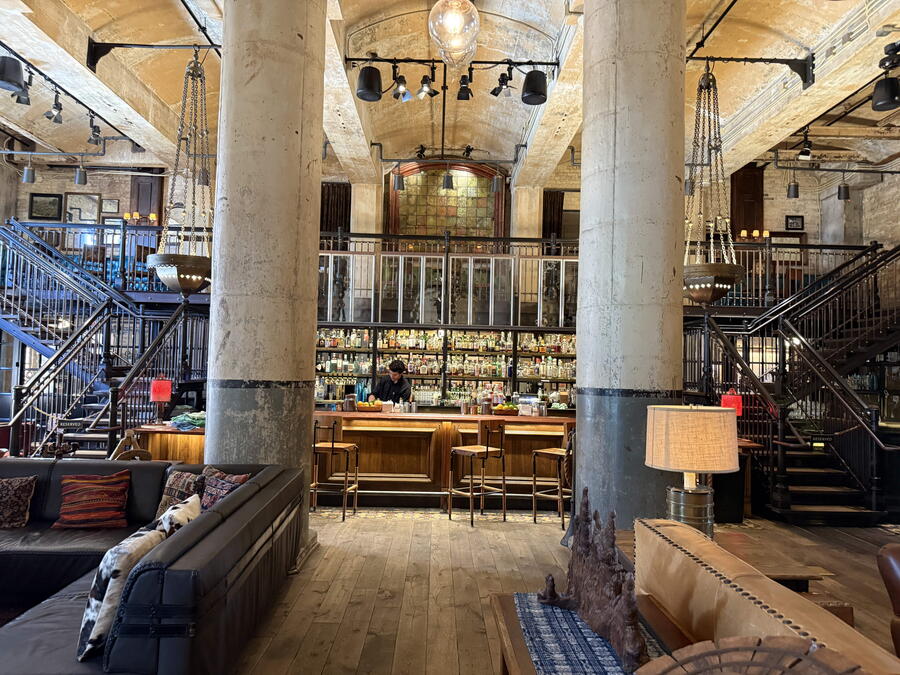
Pullman Market/The Pearl
One of San Antonio's goals is to repurpose old buildings. That’s the case with the Pearl district, which was once a large brewing complex for the Texas favorite Pearl Beer. Now it’s a multi-purpose neighborhood with apartments, stores, restaurants, event venues and the luxury Hotel Emma, named after the wife of Pearl’s founder. While we toured the entire area, we spent most of our time at the Pullman Market, which was once a glass factory. It’s now a foodie paradise with locally sourced and grown items, and a focus on sustainability. The highlight here was making our own pizzas at Fife and Farro, where we also had a fantastic lunch.
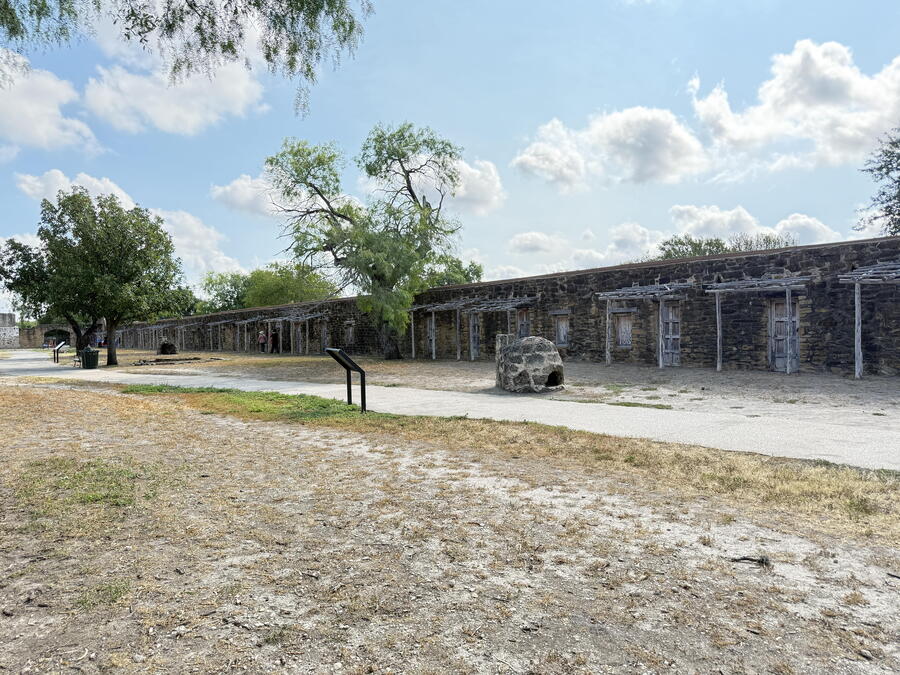
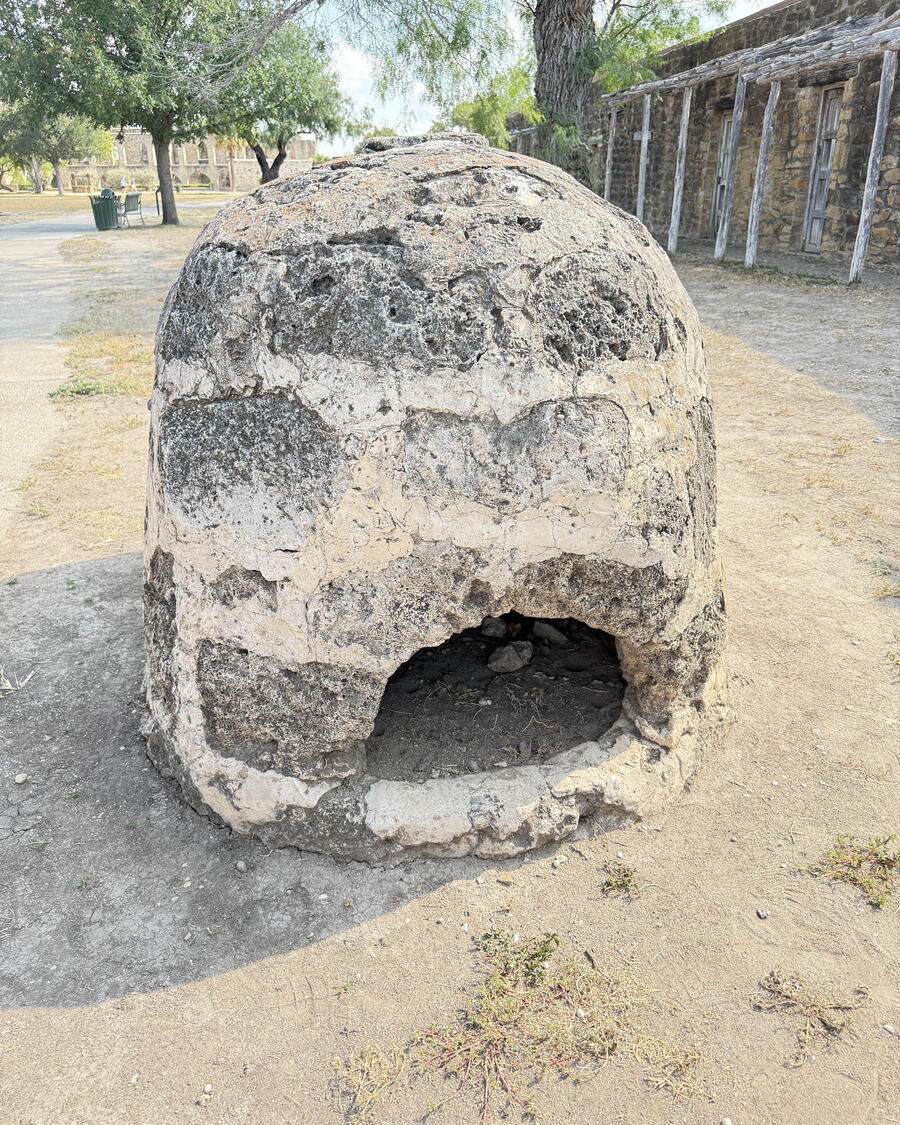
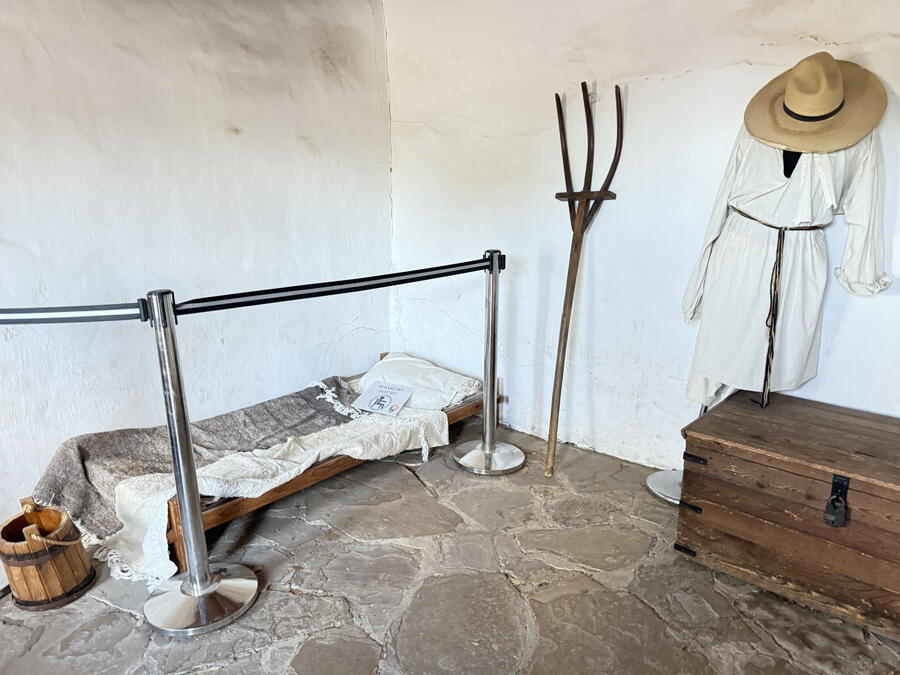

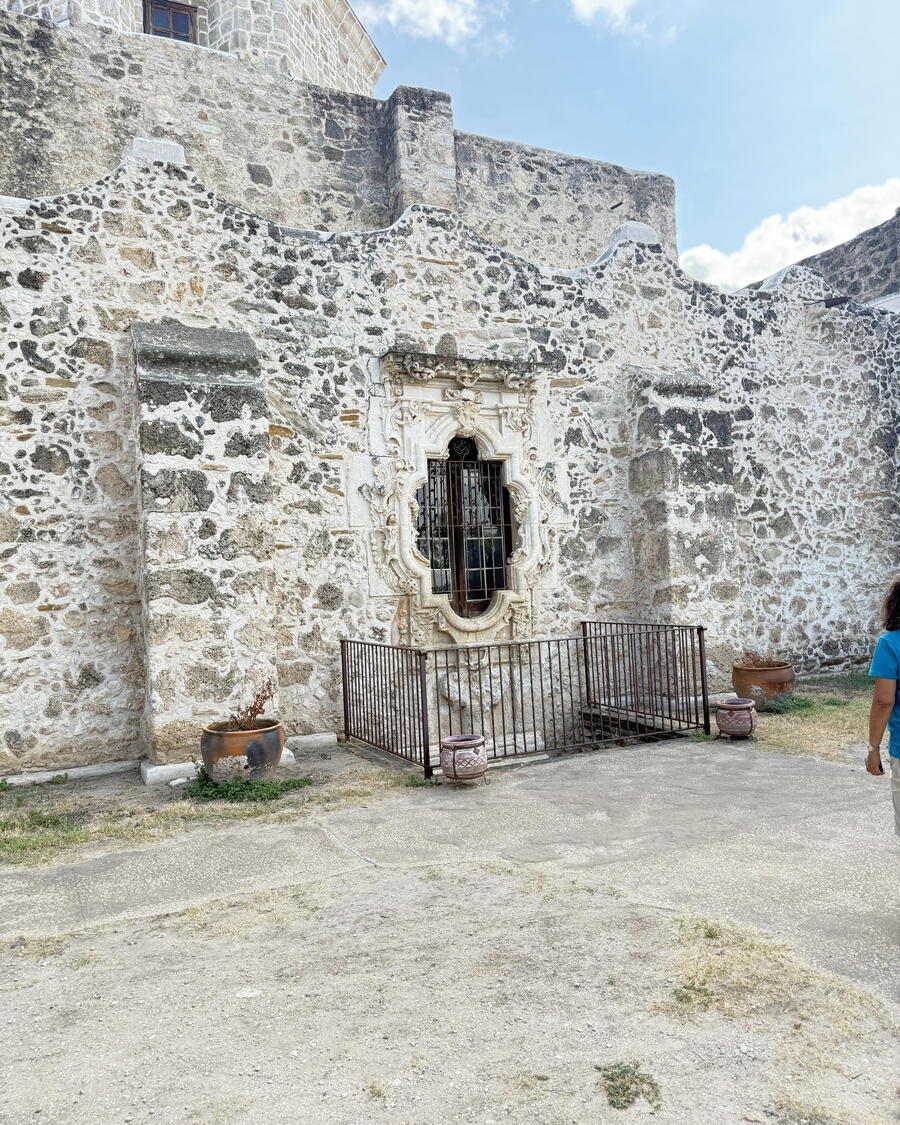
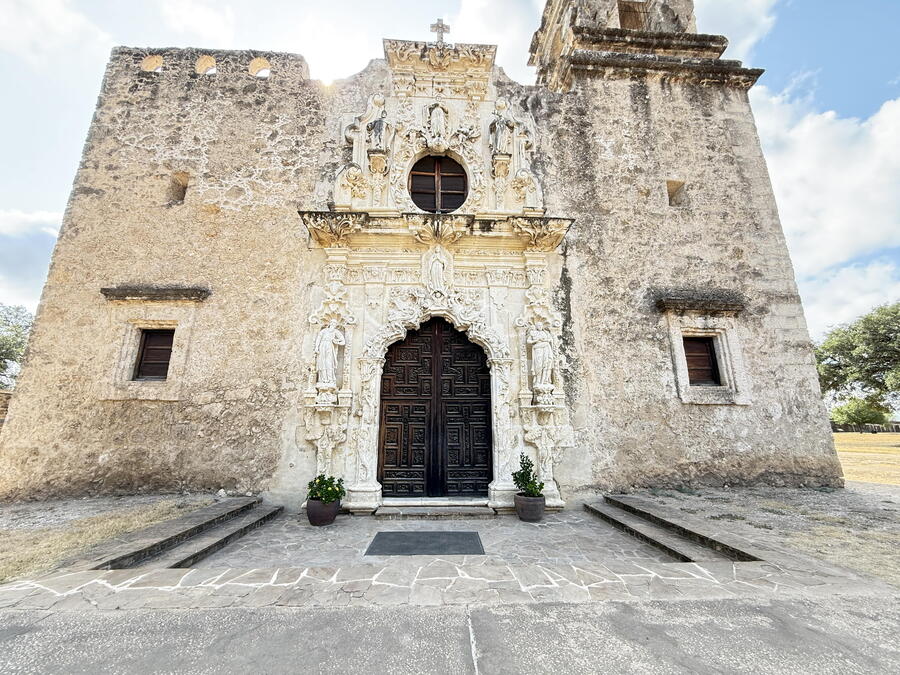
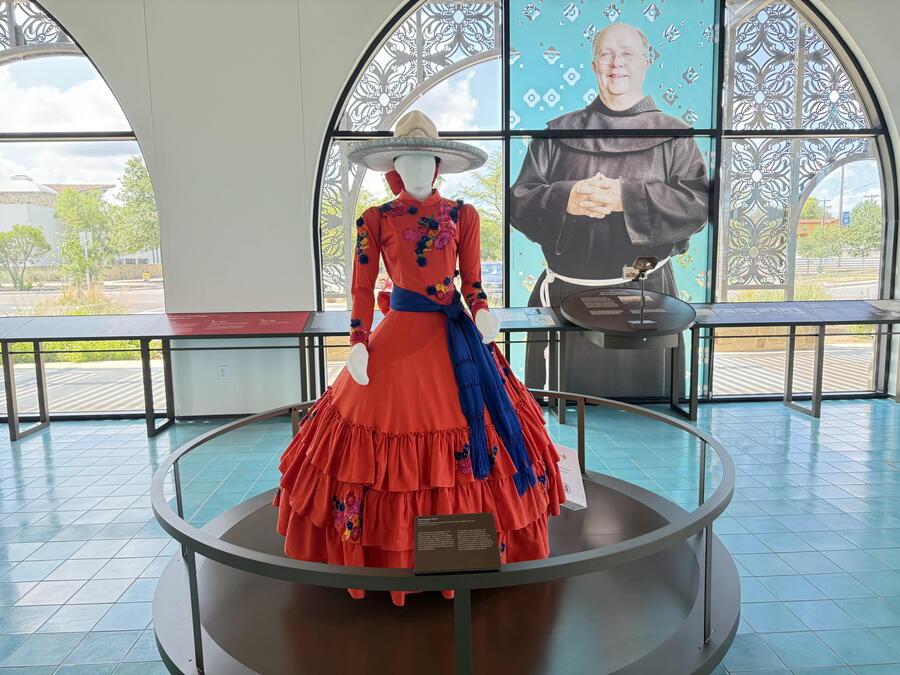



Mission San Jose
Most people know about the California missions, but not as many are familiar with those in Texas, particularly in San Antonio. These five, including the Alamo, were only about 15 miles apart from each other, rather than 40 or 50 miles like those further west. The most well-preserved of these is San Jose, which has an extensive central yard and adobe buildings framing it. Its church is still a focal point for the surrounding community. It remains an active place for those families, many of whom are direct descendants of the original Spanish and Mexican settlers.
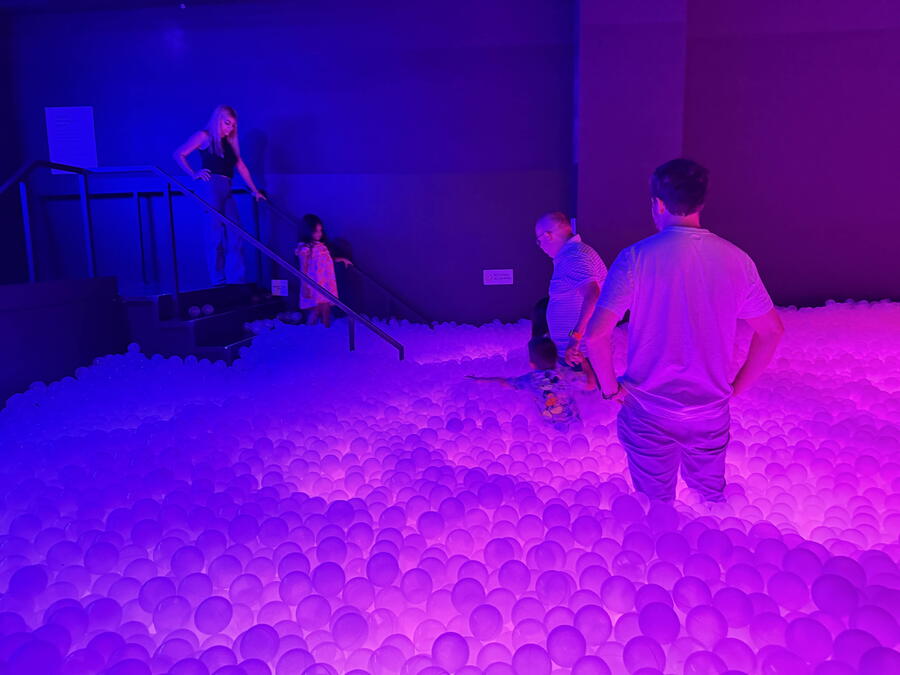

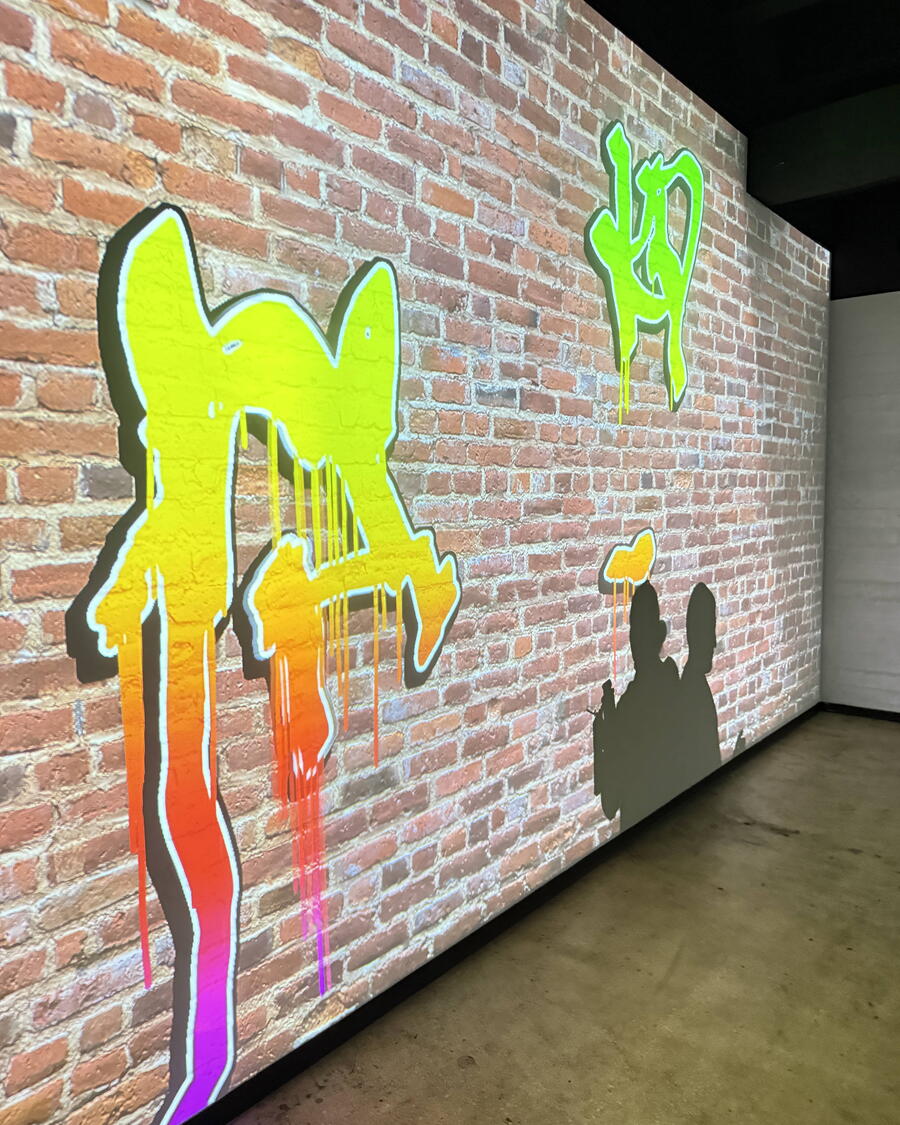
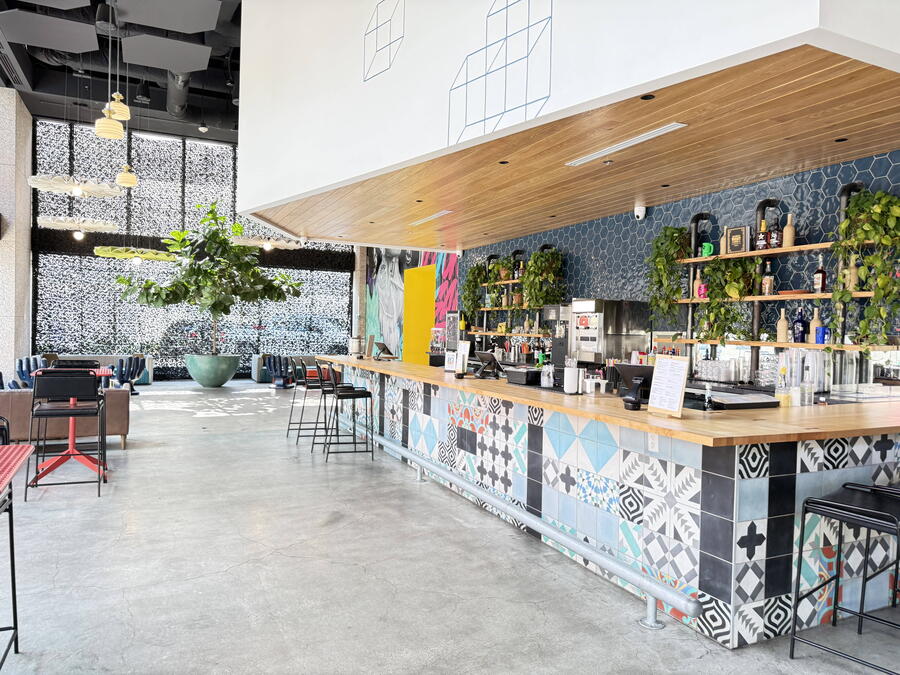
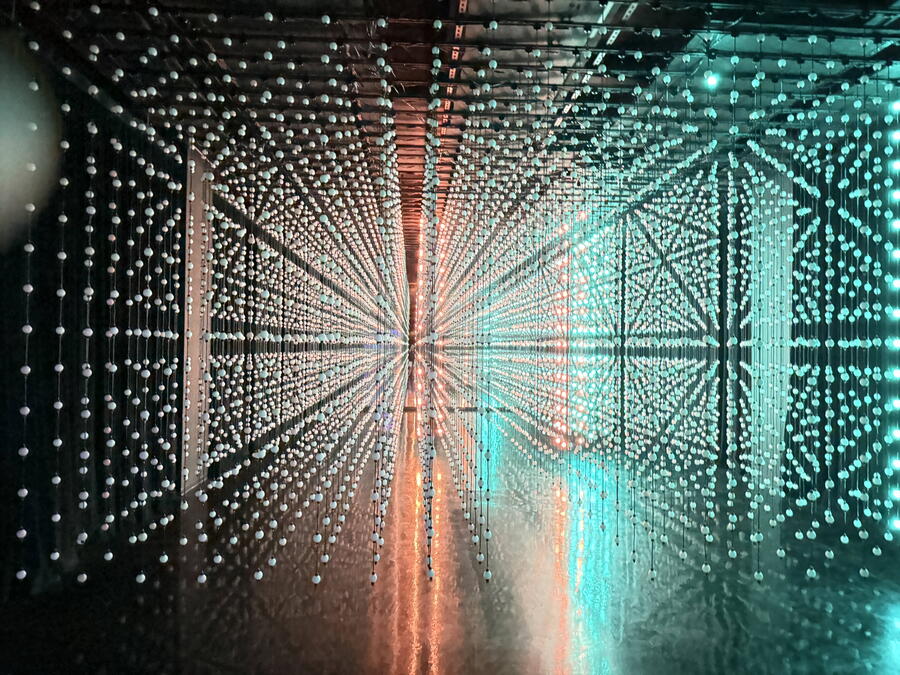
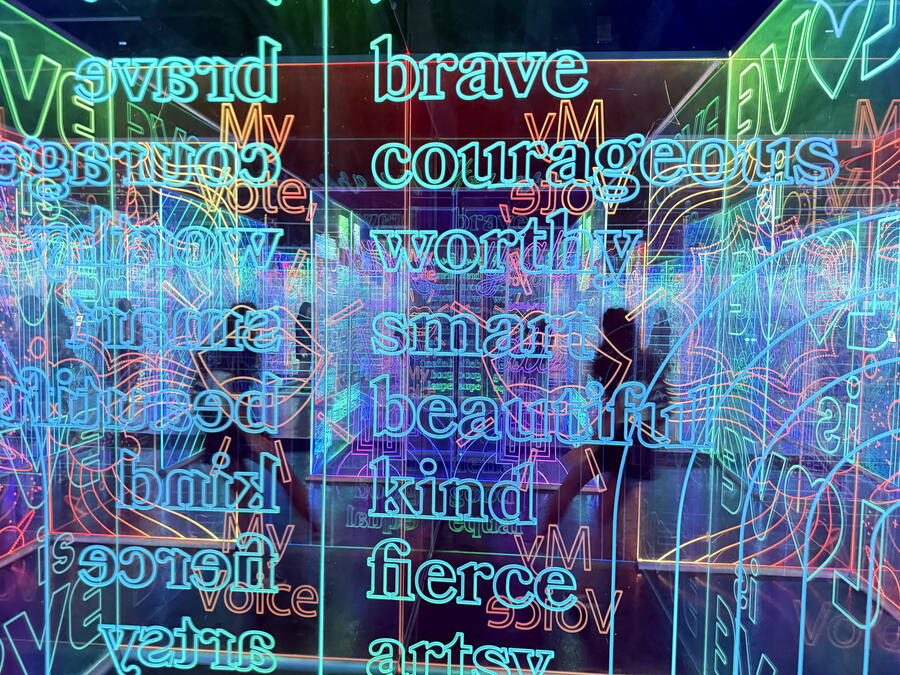


Hopscotch
I haven’t been to many interactive art exhibits, even as there is a branch of Meow Wolf right here in Denver. But this one in downtown San Antonio was enjoyable, if not slightly mind-bending. Most of these exhibits involve light displays, touchscreen canvases and sound and are appropriate for all ages. In fact, one display was a ball pit, which seemed to be filled with white bubbles and was popular with the school-age set. You can get both alcoholic beverages and mocktails either before or after your visit.

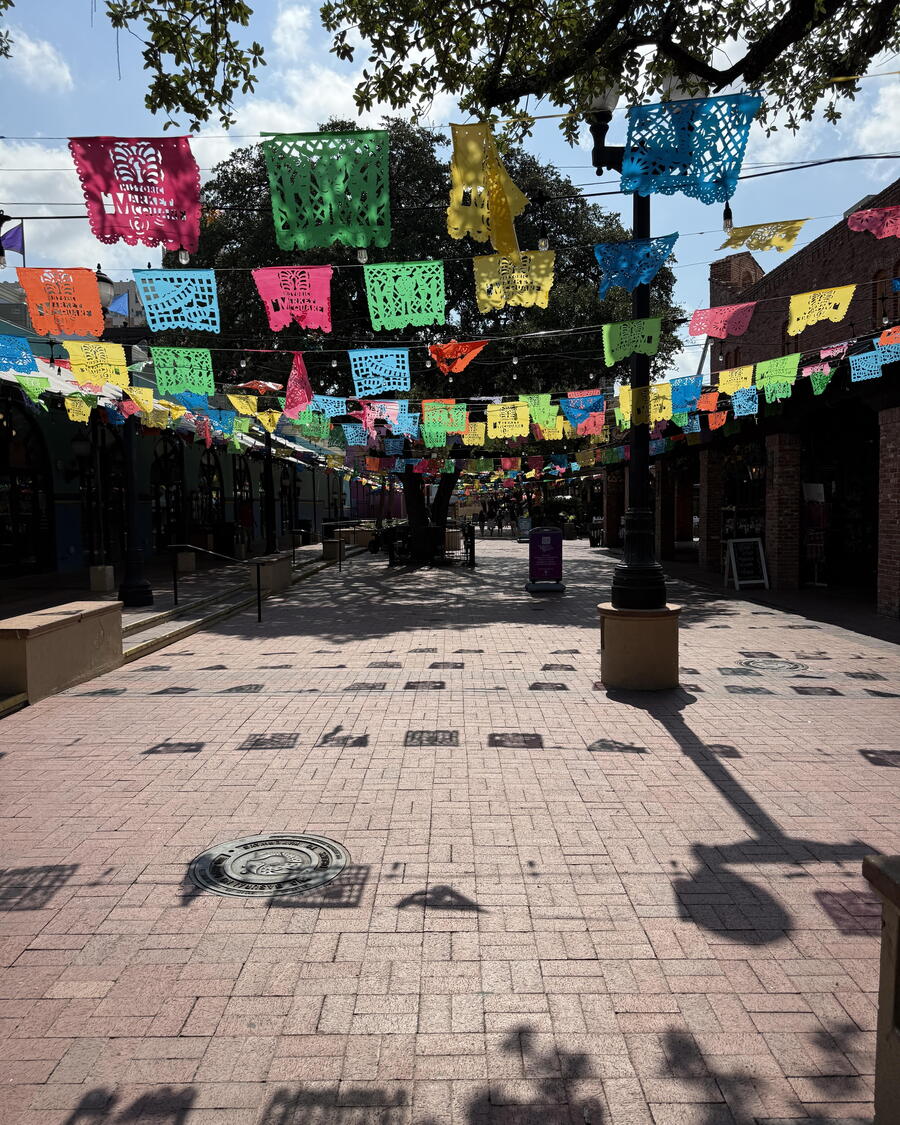

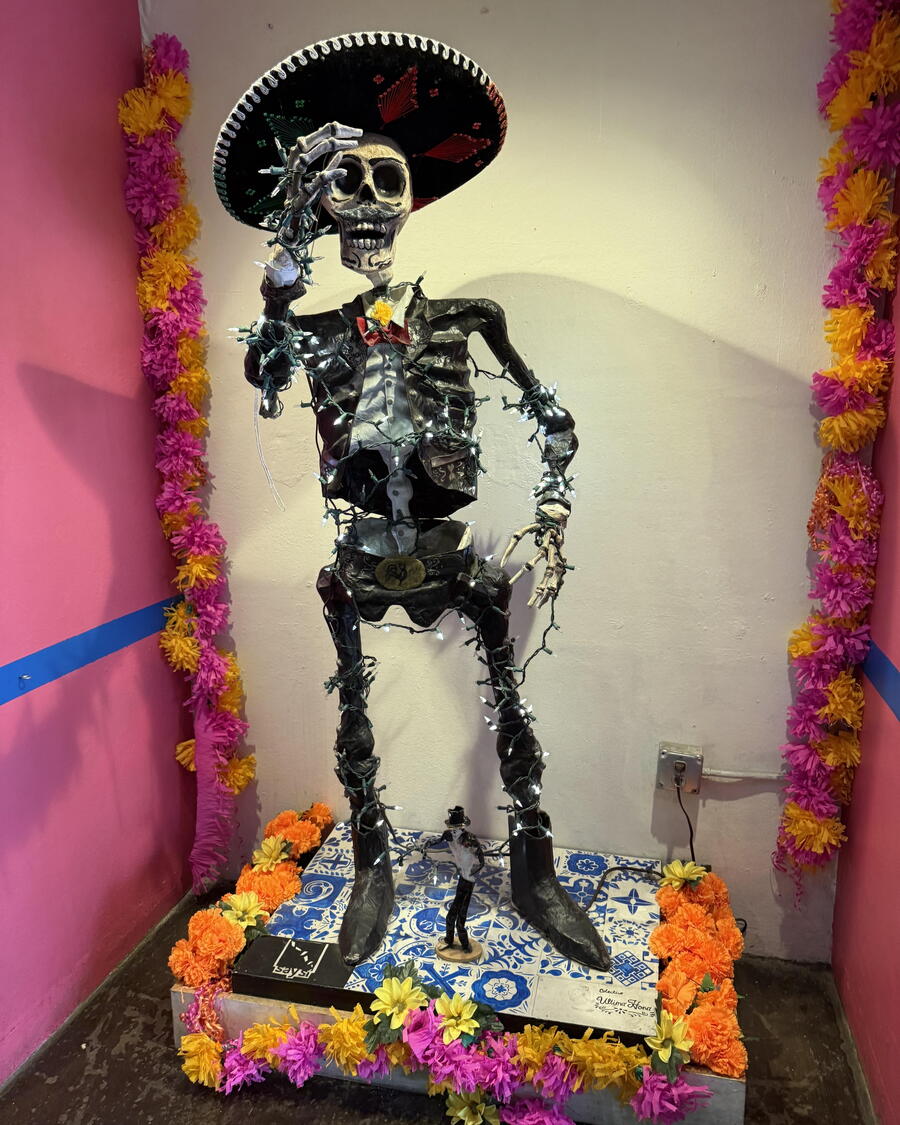
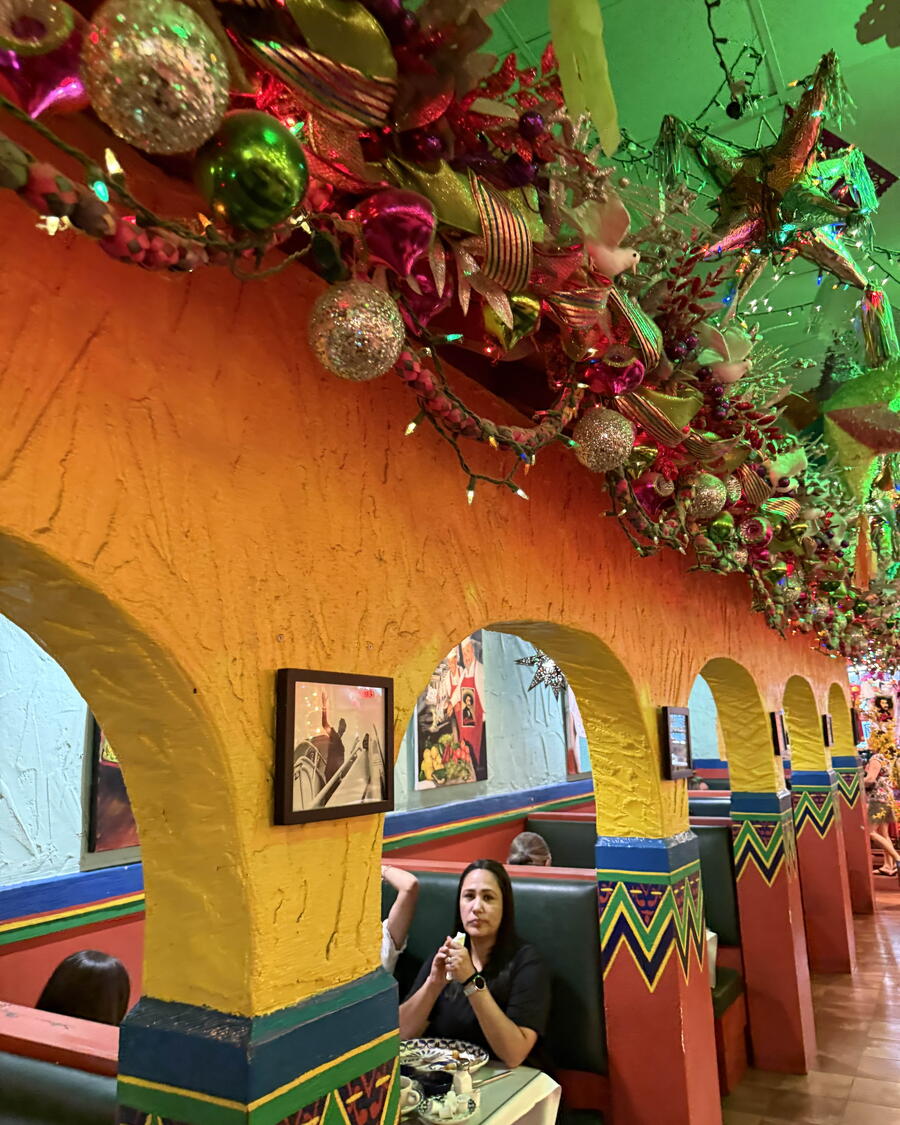
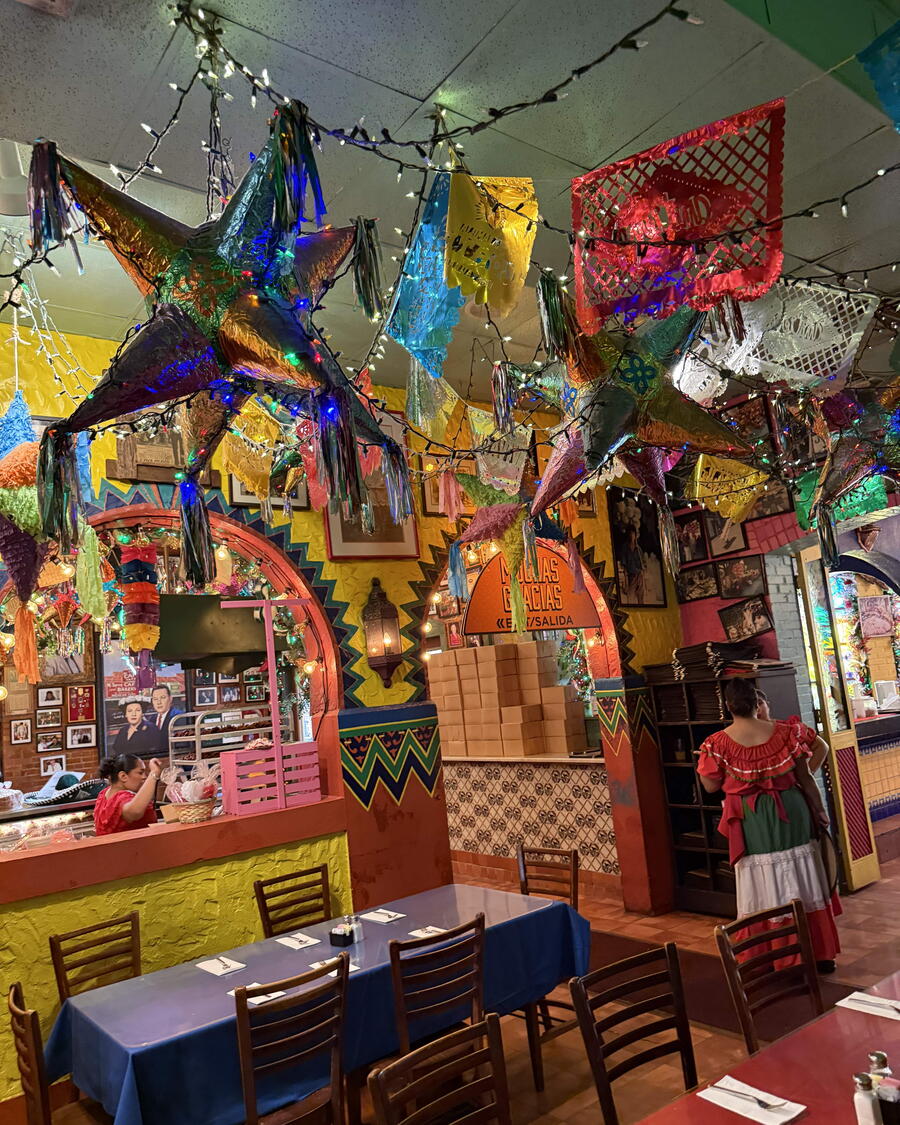

Market Square
Although this was not part of our original itinerary, we managed to visit this extensive retail area before we left town. The focal point is Mi Tierra Café and Bakery, which is probably the most festively decorated restaurant I’ve ever seen and is open 24 hours a day, year-round. Most of the complex resembles the overflowing market I’ve seen throughout Mexico, complete with clothing, housewares, artworks and other items. It probably would have been enjoyable to spend more time here than the 30 minutes or so that we did.
